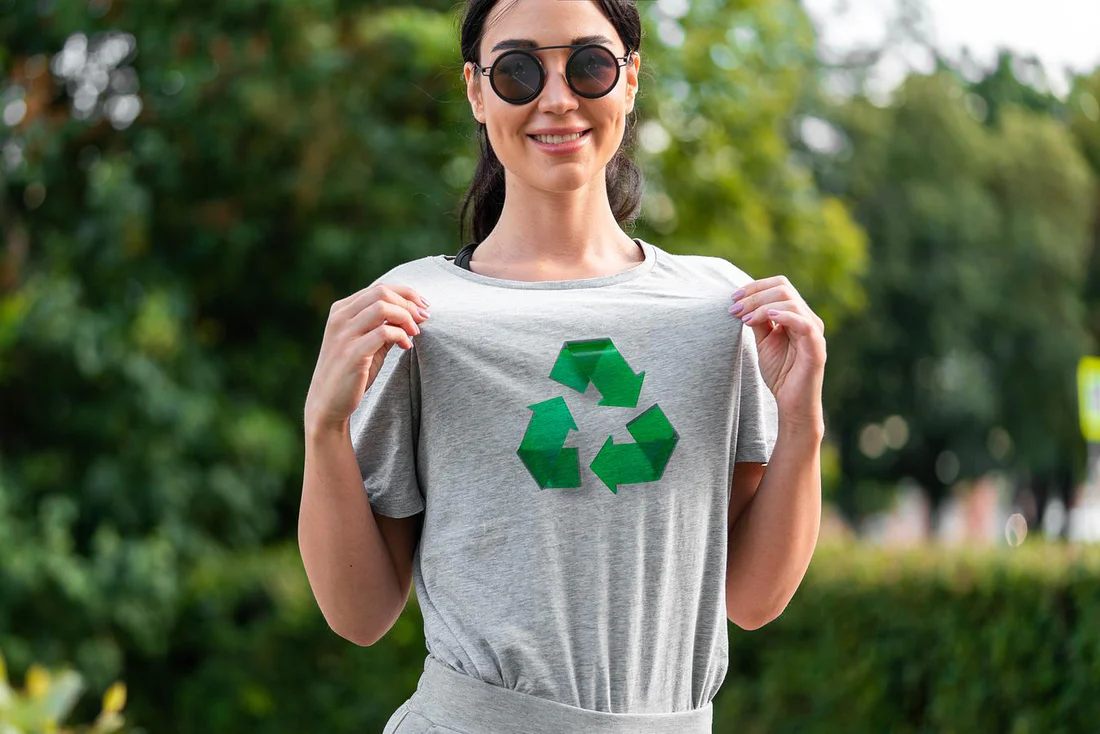As consumer demand shifts toward more eco-conscious products, apparel decorators and brands are under pressure to deliver designs that balance creativity, durability, and sustainability. Traditional decoration methods—like screen printing or embroidery—often generate significant waste in the form of leftover inks, excess thread, or unsold inventory. Heat transfers, however, are proving to be a powerful alternative for businesses that want to reduce waste and operate more sustainably. By producing only what’s needed, minimizing resource use, and streamlining production, heat transfers align with modern low-waste practices without sacrificing quality or design flexibility. If you’re considering how heat transfers can fit into your sustainable production strategy, you can visit FM Expressions for more information.
This article explores how heat transfers reduce waste across different stages of production, how they support sustainable business models, and why they are becoming a key tool for eco-friendly apparel decoration.
Minimizing Waste Through On-Demand Production
One of the largest sources of waste in the apparel industry comes from overproduction. Screen printing and embroidery often require minimum order quantities to justify setup costs, leading businesses to produce more garments than they can sell.
Heat transfers eliminate this issue by allowing on-demand production:
- No minimums: Transfers can be ordered in small quantities or even individually, reducing the need for bulk orders.
- Flexibility: Businesses can stock transfer sheets instead of finished garments and apply them only when orders come in.
- Reduced deadstock: Fewer unsold items end up discarded or heavily discounted.
This approach not only reduces textile waste but also helps businesses manage cash flow and inventory more efficiently.
Lower Material Usage
Ink Efficiency
Unlike screen printing, which can waste ink during setup and cleanup, heat transfers use precisely the amount of ink required for the design. There are no messy ink trays or leftover buckets of pigment that need to be disposed of.
Thread and Backing Elimination
Embroidery creates thread waste, backing material scraps, and often requires stabilizers that end up in landfills. Heat transfers, by contrast, apply cleanly without generating leftover materials.
Energy and Resource Savings
With fewer steps in production—no screens to burn, no extra rinse water, and no excess ink mixing—heat transfers inherently consume fewer resources, making them a more sustainable option.
Extending the Life of Garments
Another overlooked aspect of sustainability is garment longevity. The longer apparel lasts, the less frequently it needs to be replaced, reducing overall environmental impact.
Heat transfers contribute to this by providing:
- Durable prints: Modern transfer technology ensures designs can withstand dozens of washes without fading or cracking.
- Versatile application: Transfers adhere well to cotton, polyester, and blends, making them suitable for a broad range of garments.
- Customization options: By adding personalization—such as names, numbers, or unique designs—transfers extend the perceived value of garments, encouraging consumers to keep them longer.
Durability and personalization together mean fewer discarded items and a stronger alignment with sustainable practices.
Supporting Small-Batch and Local Production
Sustainability isn’t just about materials—it’s also about the business model. Heat transfers support small-batch production, which in turn supports local businesses and reduces carbon emissions from large-scale shipping.
- Local decoration shops can fulfill small, customized orders quickly without relying on overseas mass production.
- Reduced transportation waste comes from applying transfers closer to the point of sale or use.
- Empowered entrepreneurs can operate with leaner inventory, reducing both financial risk and material waste.
This model is especially relevant for e-commerce brands that want to balance customization with sustainability.
Reducing Risk of Overstock and Landfill Waste
Overstock is one of the biggest sustainability challenges in the apparel industry. Traditional decoration methods often force businesses to print hundreds of units upfront, hoping they’ll sell. Unsold inventory often ends up in clearance bins—or worse, landfills.
Heat transfers solve this problem by enabling just-in-time decoration:
- Stock blank garments in a range of colors and sizes.
- Apply transfers only when the garment is ordered.
- Keep unused transfers stored safely for future application.
This system dramatically reduces the likelihood of unsold decorated items going to waste.
Eco-Friendly Opportunities for Brands
Businesses that adopt heat transfers as part of their production workflow can market their commitment to sustainability. Consumers are increasingly drawn to eco-conscious brands, and emphasizing reduced waste can be a strong selling point.
- Transparency in production: Brands can communicate how transfers minimize waste compared to screen printing or embroidery.
- Alignment with consumer values: Eco-conscious buyers are more willing to support companies actively working to reduce their footprint.
- Enhanced storytelling: Sharing the sustainability benefits of transfers helps build loyalty and trust.
Limitations and Considerations
While heat transfers offer many sustainable advantages, it’s important to acknowledge their limitations:
- Film waste: The transfer films themselves create a small amount of material waste, though far less than leftover inks or thread.
- Energy use in pressing: Heat presses require electricity, but their energy consumption is modest compared to industrial screen-printing operations.
- Material sourcing: Not all transfer materials are biodegradable, so responsible sourcing and recycling practices remain essential.
These considerations remind decorators that while heat transfers reduce waste in many areas, they should be part of a broader sustainability plan.
Comparing Heat Transfers to Other Methods
When compared to traditional methods, heat transfers consistently generate less waste. Screen printing often produces excess ink, wash water, and unused screens that need disposal. Embroidery generates thread scraps, stabilizer backings, and more machine waste. Sublimation, while long-lasting, is restricted to polyester fabrics, which limits eco-friendly garment options.
Heat transfers stand out because they require minimal resources, produce only small amounts of film waste, and enable on-demand decoration. This combination makes them one of the most practical solutions for businesses striving for low-waste apparel production.
Practical Example: Sustainable Merch Programs
Consider a nonprofit organizing events throughout the year. Instead of ordering 500 screen-printed shirts per event—many of which might go unsold—they can stock blank shirts and apply heat transfers as needed.
- Less waste: No leftover event-specific shirts.
- More customization: Designs can be adjusted seasonally without new screens.
- Stronger sustainability message: The nonprofit can proudly share its low-waste approach with supporters.
This real-world scenario illustrates how transfers reduce environmental impact while offering practical business benefits.
Conclusion
Heat transfers are more than just a flexible decoration method—they are a sustainable solution for businesses seeking to reduce waste, lower production risk, and meet the growing demand for eco-conscious apparel. From enabling on-demand production to minimizing excess materials and supporting small-batch workflows, heat transfers align with the principles of sustainable, low-waste manufacturing.
By integrating transfers into production, decorators and brands can strike the right balance between creativity, efficiency, and environmental responsibility. Whether you’re a small business looking to manage inventory better or a larger brand seeking to reduce overstock, heat transfers provide a practical path forward. And if you want your sustainable apparel to be just as durable as the decoration, consider pairing your designs with long-lasting basics like Patagonia’s recycled t-shirts. Together, the right garment and the right decoration method can make sustainability both achievable and profitable.








